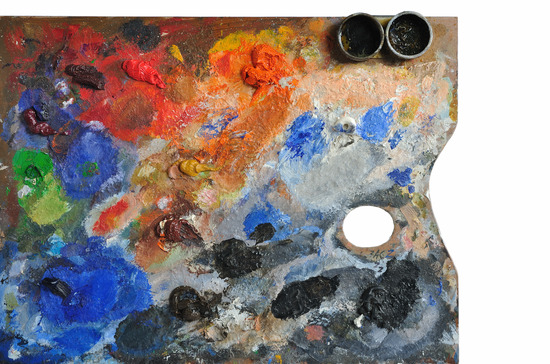The fair-use doctrine is a commonly used affirmative defense in copyright infringement litigation. It is an exception to the law of copyright and allows another person to use an original expression in a creative and inventive way for purposes that promote the progress of science and useful arts. Quoting a case from 1885, the U.S. Supreme Court relayed:
In truth, in literature, in science and in art, there are, and can be, few, if any, things, which in an abstract sense, are strictly new and original throughout. Every book in literature, science and art, borrows, and must necessarily borrow, and use much which was well known and used before.
Although many court opinions have analyzed the fair-use doctrine and applied it to specific cases, the defense continues to be argued. The question to whether something was copied in “fair use” is not always easy to answer, and courts can often decide either way. The analysis depends on not one but several factors and is dependent not just on law but also the facts of the individual case.
Section 107 of the Copyright Act provides an illustrative, and limited, list of the reasons where the doctrine may be invoked, with those reasons being criticism, comment, news reporting, teaching, scholarship, and research. However, just because a copyrighted work is used for those purposes does not mean that it is necessarily used in fair use. Rather, the entire four-factor analysis must be considered.
The Four Fair Use Factors
The fair use factors tend to overlap and are not always given the same weight in each case. Furthermore, the factors are not exclusive, and no one factor is dispositive. Although they are to be explored, they must be weighed together in totality.
1. Purpose and Character of the Use
The first factor is “the purpose and character of the use, including whether such use is of a commercial nature or is for nonprofit educational purposes.” This factor itself has several facets, including the degree to which the use of the work is “transformative,” and whether the use serves a nonprofit educational, as opposed to a commercial, purpose.
2. The nature of the copyrighted work
The second factor, “the nature of the copyrighted work,” recognizes that there is a hierarchy of copyright protection in which original, creative works are afforded greater protection than derivative works or factual compilations.
3. The amount and substantiality of the portion used in relation to the copyrighted work as a whole.
The third factor is “the amount and substantiality of the portion used in relation to the copyrighted work as a whole.” The smaller percentage of the work that is copied, the more the court will find this factor to lean toward fair use. Generally, the fair use doctrine does not apply where copyrighted material is used as a whole.
4. The effect of the use upon the potential market for or value of the work
The fourth factor is “the effect of the use upon the potential market for or value of the copyrighted work.” This factor asks: (1) how much the infringer’s actions have harmed the market and (2) whether these acts, if unrestricted and widespread, would result in a substantially adverse impact on the potential market.
“Fair use” is a balancing test
In summary, although each of the four factors may seem simple, in actuality, courts have spent countless pages analyzing each one. The analysis must be done case by case and cannot be simplified by a any single bright-line rule, as every case is different. Rather, the fair-use analysis is a balancing process with a complex list of variables.
In any event, if you are determining whether a particular use of a work is done in fair use, it is best to consult with a copyright attorney.
If you would like to speak to a copyright attorney about your matter, call the Law Offices of Cynthia Conlin, P.A. for a free consultation. You can reach us at 407-965-5519 or use the online contact form.
Cynthia Conlin, P.A. is an office of Orlando attorneys who practice in general civil litigation and copyright litigation.




Leave a Reply